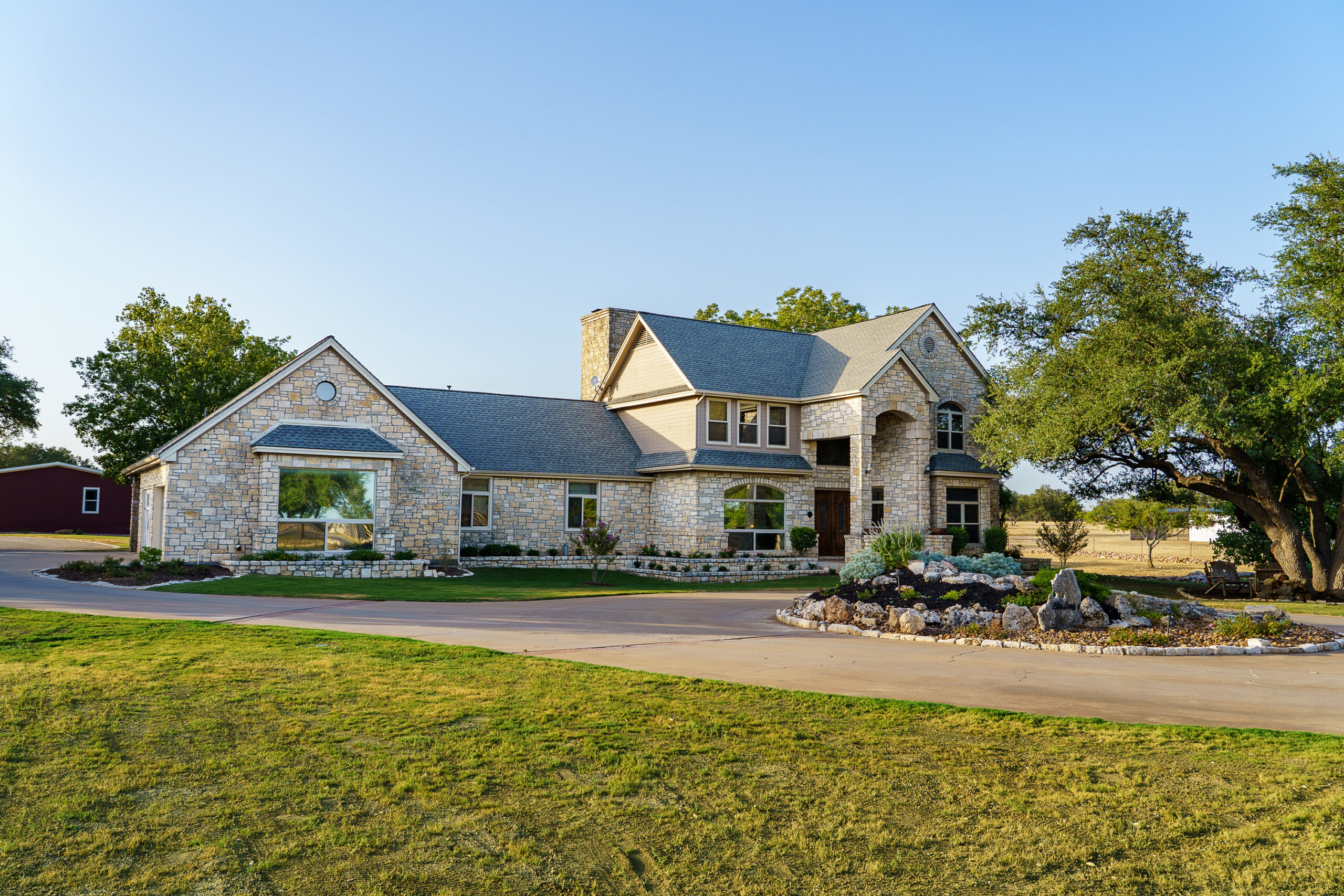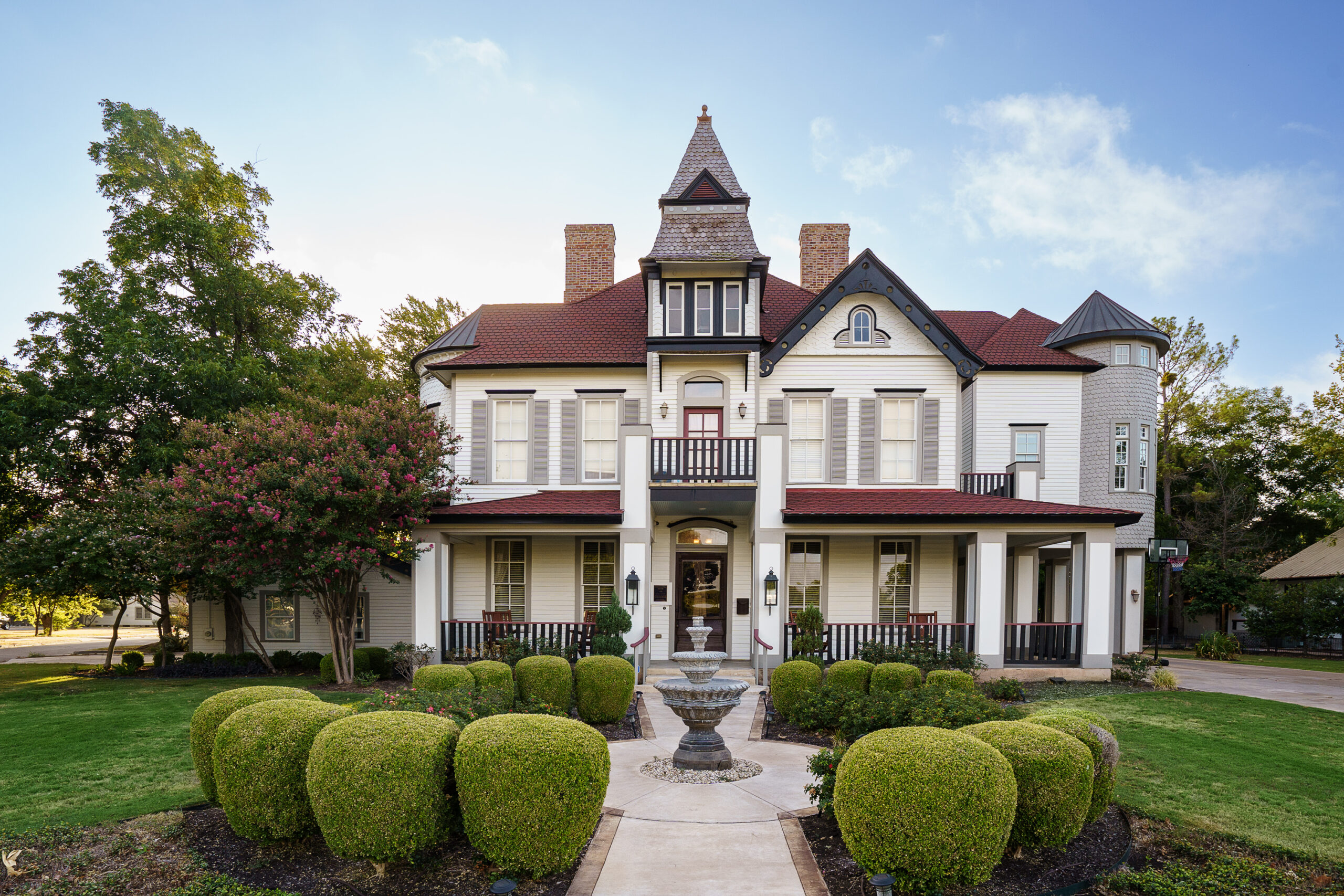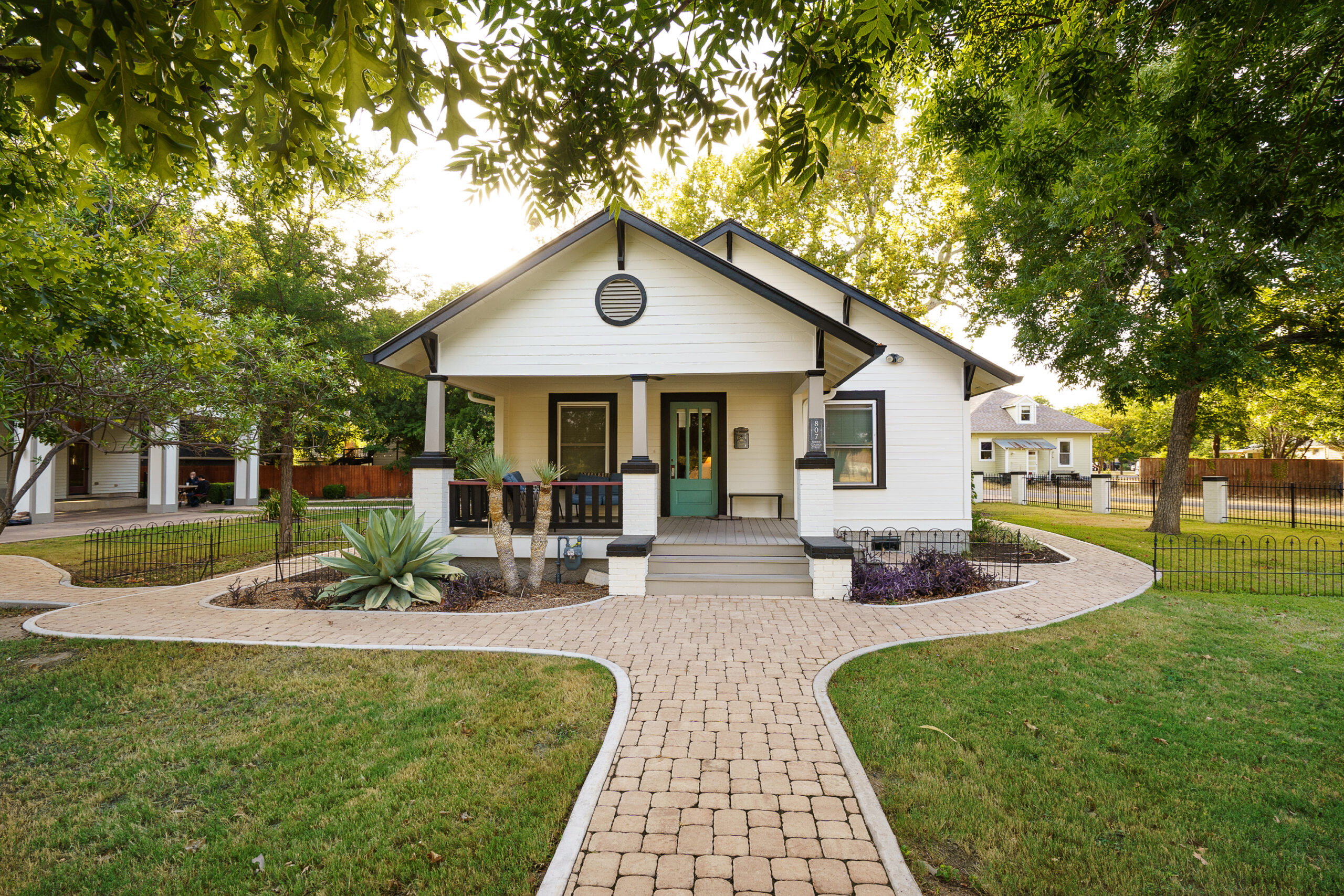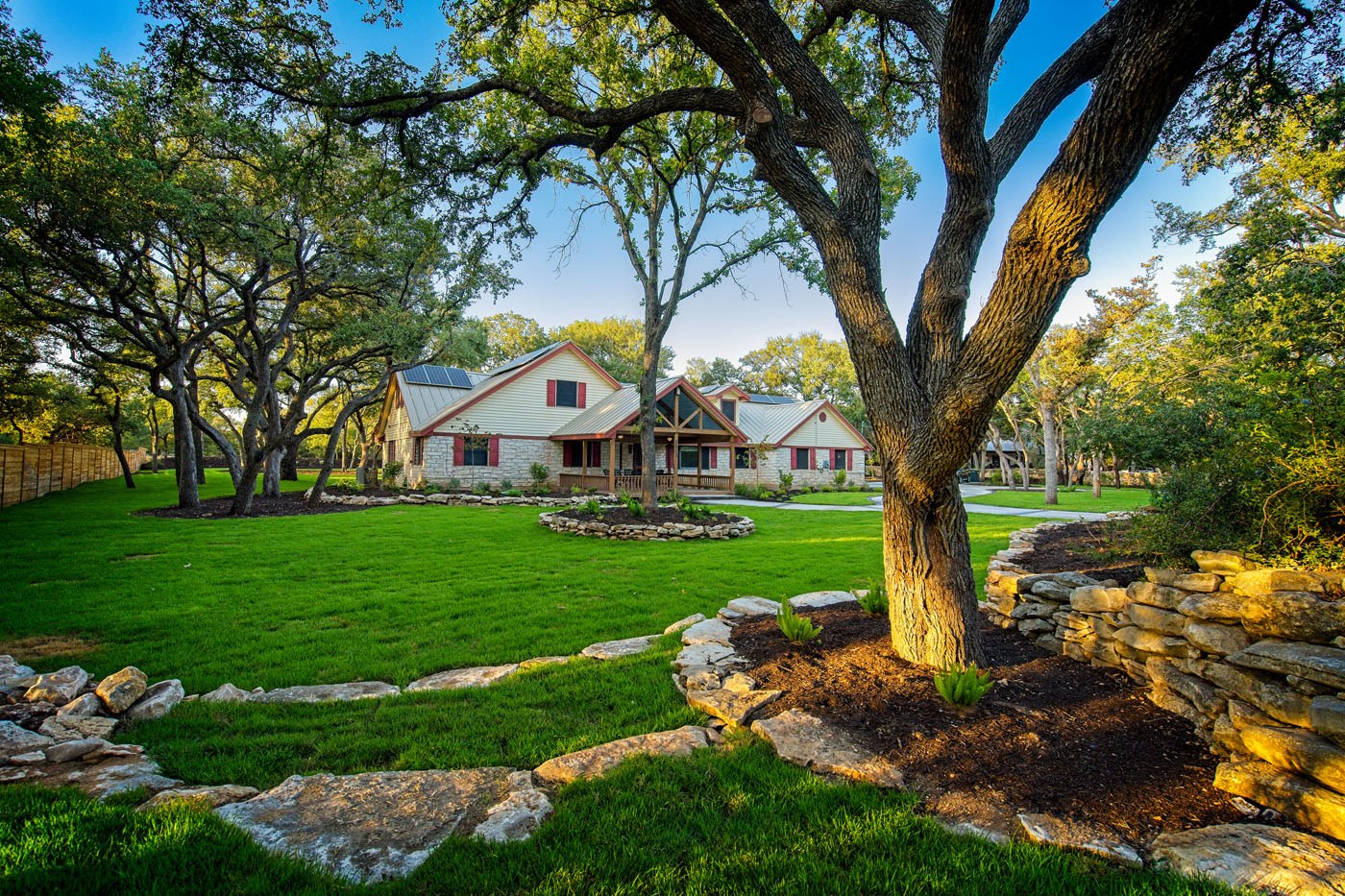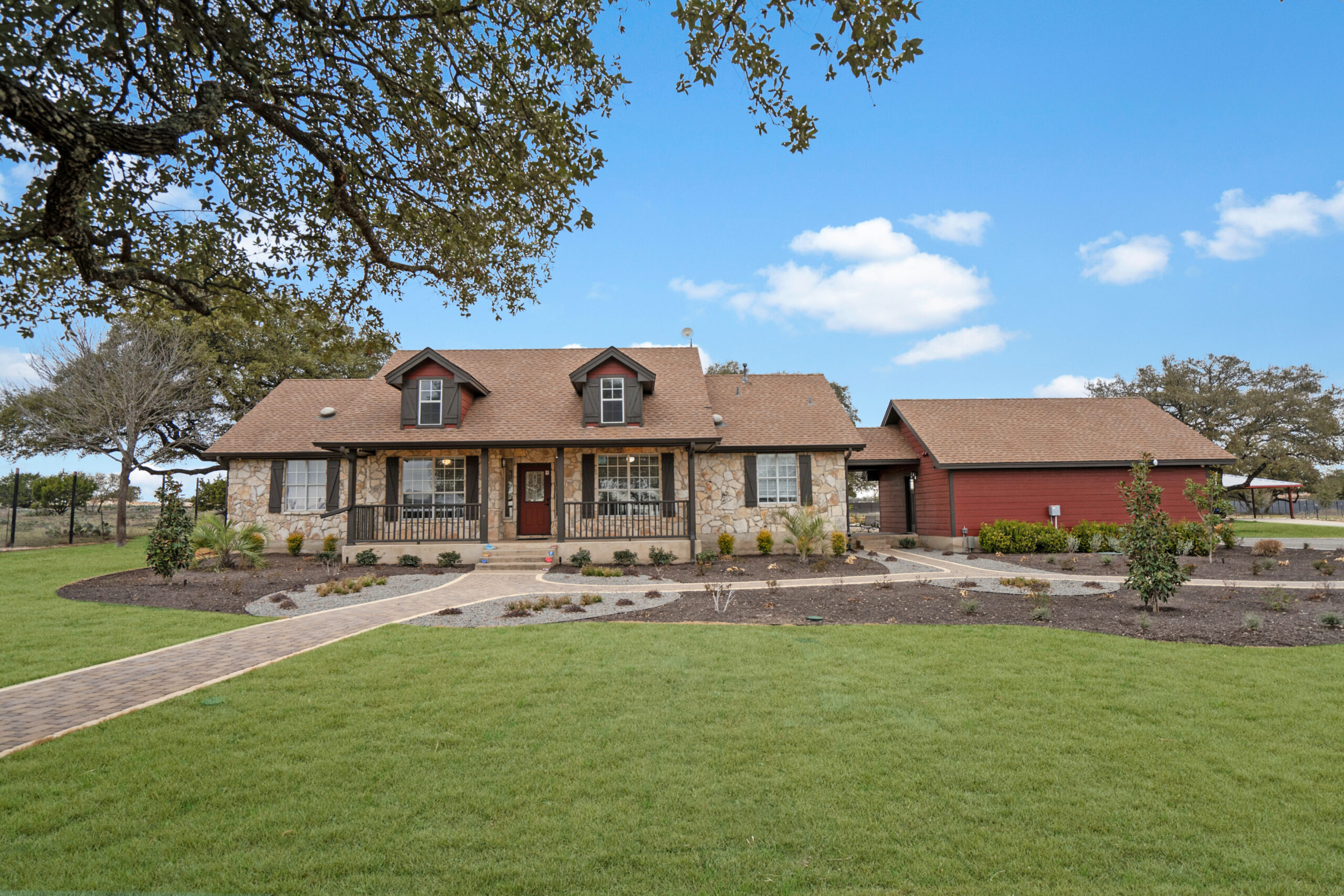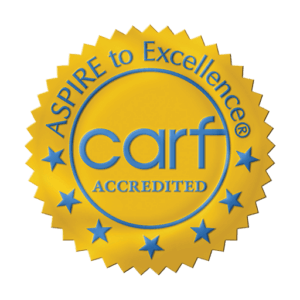
Exploring the Best Bipolar Treatment Facilities
Identifying the best bipolar treatment facilities involves understanding the unique needs of individuals grappling with this complex condition. Alta Loma, nestled in Georgetown, Texas, exemplifies a holistic and person-centric approach to treating severe mental illnesses, including bipolar disorder. The serene environment and comprehensive treatment programs are designed to provide emotional and psychological stability for both men and women.
Personalized Care at Alta Loma
Individualized Treatment Plans
Every patient’s journey with bipolar disorder is unique, requiring a personalized treatment plan. Alta Loma specializes in creating tailored approaches that address the root causes of mental health conditions. Their focus on integrating individuals into society with the necessary tools for long-term health and sobriety sets them apart as one of the best bipolar treatment facilities.
Comprehensive Support Systems
The path to wellness is supported by a multidisciplinary team dedicated to the patient’s recovery. This includes specialized therapists, medical professionals, and support staff who work together to provide a cohesive and inclusive treatment experience. The comprehensive care coordination ensures that every aspect contributing to mental health and sobriety is addressed.
Facilities and Environment
The facilities at Alta Loma are meticulously designed to support healing and recovery. From The Ranch to Casa Esperanza, each space is created to offer residents a peaceful and therapeutic setting. Extended care, supportive living, and community integration programs are pivotal in facilitating sustainable lifestyle changes for residents.
Holistic Approach to Treatment
Addressing mental health requires more than just medication management. Alta Loma’s treatment programs include cognitive behavioral therapy, nutrition planning, recreational therapy, community integration, and more. This holistic approach ensures that individuals receive care that encompasses all facets of well-being, making Alta Loma a leader among the best bipolar treatment facilities.
Treatment Programs
Primary Programs and Extended Care
Alta Loma’s primary programs, such as The Ranch and Casa Esperanza, lay the foundation for recovery by addressing immediate mental health needs. The extended care and supportive living arrangements offer a continuum of support, crucial for individuals navigating the complexities of bipolar disorder.
Focus on Community Integration
Community integration plays a vital role in the treatment of bipolar disorder. Alta Loma emphasizes the importance of developing social skills and engaging in community activities to foster a sense of belonging and purpose. This approach not only aids in recovery but also prepares residents for a successful integration into society.
Success Stories
Anecdotal evidence and personal insights from former residents highlight the transformative care at Alta Loma. Many attest to the profound impact of their holistic and nuanced treatment on their journey to wellness. These stories serve as a beacon of hope for individuals and families seeking effective treatment for bipolar disorder.
Choosing Alta Loma
For those in search of the best bipolar treatment facilities, Alta Loma represents a harmonious blend of expert care, supportive community, and a serene environment conducive to healing. Their commitment to personalized care, comprehensive treatment programs, and integration into society positions Alta Loma as a top choice for long-term recovery and wellness.
- Individualized treatment plans
- Comprehensive support systems
- Serene and therapeutic environment
- Integration into society
Finding Hope and Healing
Alta Loma is more than just a treatment facility; it’s a place where individuals battling bipolar disorder and other severe mental illnesses can find hope, healing, and a pathway to a healthier, more fulfilling life. By choosing Alta Loma, individuals and their families take the first step towards long-term recovery and wellness.

What is the best hospital to treat bipolar disorder?
Identifying the best hospital for treating bipolar disorder depends largely on the specific needs of the individual. Facilities like Alta Loma in Georgetown, Texas, stand out due to their comprehensive, holistic treatment approaches and serene environments conducive to recovery. They specialize in treating severe mental illnesses by focusing on the whole person, rather than just the symptoms, ensuring a more personalized and effective treatment plan. Such centers are recognized for their ability to provide long-term health and sobriety through a combination of therapeutic modalities, support systems, and community integration programs.
What is the most effective treatment for bipolar disorder?
The most effective treatment for bipolar disorder is often a multidimensional approach that includes medication management, cognitive behavioral therapy, nutrition planning, and community integration. Facilities like Alta Loma take this holistic path, recognizing that long-term recovery and wellness extend beyond just addressing the biological aspects of the disorder. Incorporating various therapies ensures that individuals have access to the tools and support necessary for managing symptoms, improving mental health, and successfully reintegrating into society.
What is the life expectancy of a person with bipolar disorder?
While bipolar disorder can affect life expectancy due to associated health conditions and risks, advancements in treatment have significantly improved outcomes. With access to comprehensive care and support, individuals with bipolar disorder can lead fulfilling lives. Facilities dedicated to long-term mental health treatment, like Alta Loma, play a crucial role in providing the necessary support and treatment options that can help manage the disorder effectively, potentially mitigating the impact on life expectancy.
What is end stage bipolar disorder?
End-stage bipolar disorder can be a misnomer as it suggests a terminal phase, while bipolar disorder is a lifelong condition. The term might refer to advanced and highly complex cases where symptoms become particularly severe and resistant to standard treatments. In such instances, specialized, highly individualized care programs like those offered by Alta Loma become essential. These programs focus on comprehensive, holistic approaches to manage symptoms and improve quality of life, even in the most challenging cases.
How does personalized care enhance treatment for bipolar disorder at Alta Loma?
Personalized care is a cornerstone of effective bipolar disorder treatment, as it acknowledges the unique nature of each individual’s experience with the condition. At Alta Loma, personalized care plans are developed to address not just the symptoms but the root causes of the disorder. Through a combination of individual therapy, medication management tailored to each patient, and a focus on life skills and community integration, Alta Loma ensures that each individual has the best possible support and resources to manage their condition and lead a fulfilling life.
What role do facilities and environment play in the treatment of bipolar disorder at Alta Loma?
The setting in which treatment is provided can significantly affect an individual’s recovery journey. Alta Loma’s serene, therapeutic environment plays a vital role in promoting healing and wellness. The thoughtfully designed spaces ensure that residents feel safe and comfortable, which can greatly enhance the effectiveness of treatment. From peaceful outdoor areas to well-appointed living spaces, every aspect of the environment is crafted to support recovery and foster a sense of peace and stability.
How important is community integration in the treatment of bipolar disorder?
Community integration is fundamental in the treatment of bipolar disorder as it supports the development of social skills, helps in building a support network, and fosters a sense of belonging and purpose. At Alta Loma, significant emphasis is placed on helping residents engage with community activities and work on building relationships both within and outside the facility. This approach is instrumental in preparing individuals for a successful transition back into society, equipped with the tools and confidence to lead healthy, independent lives.
